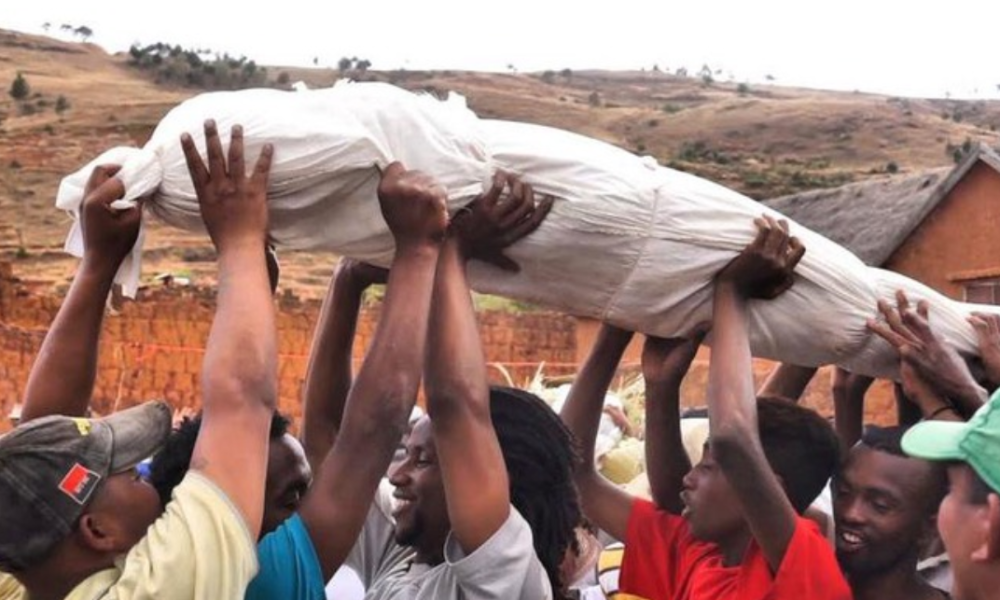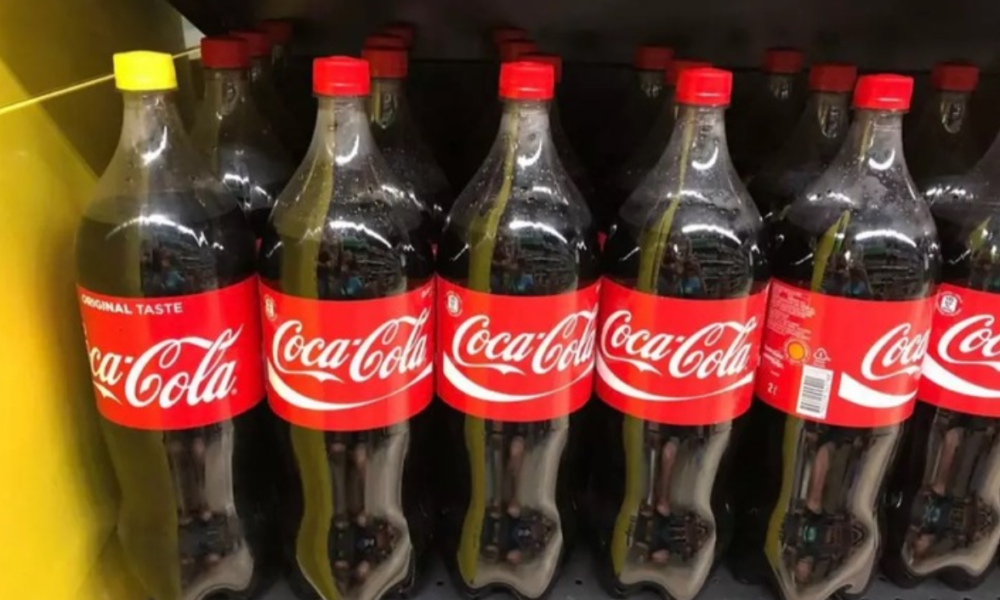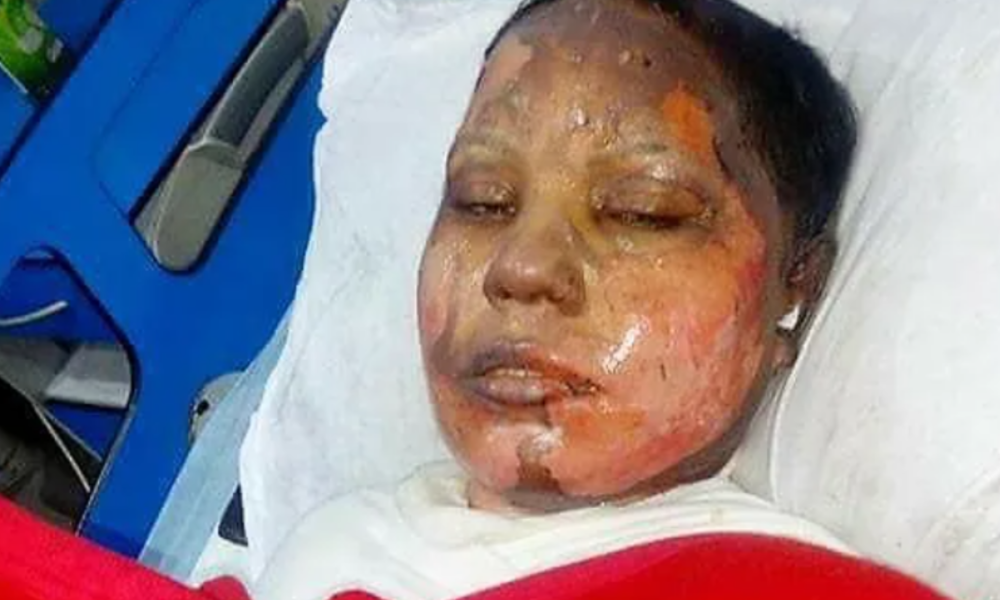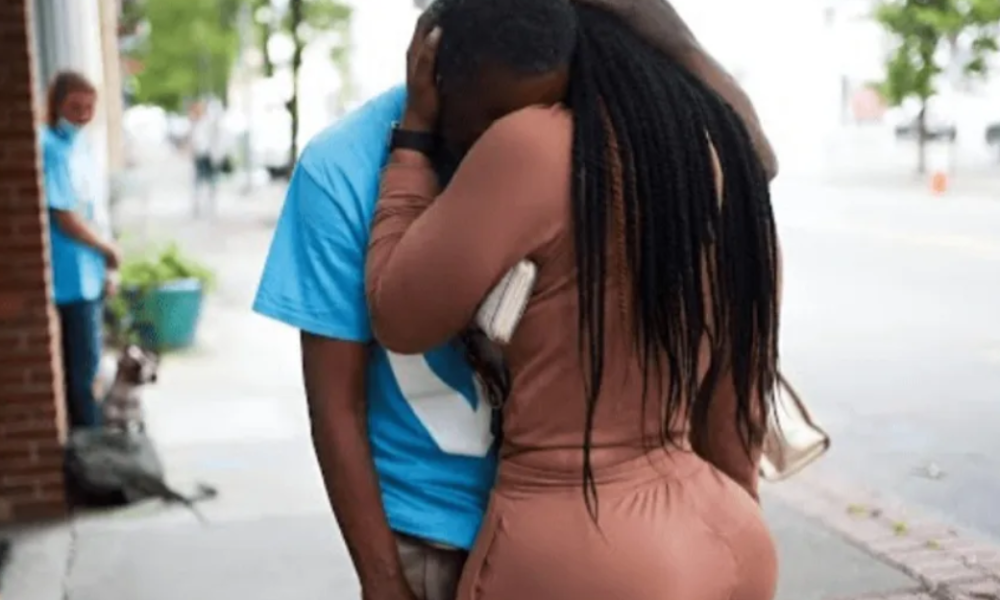It involves exhuming the bodies of deceased relatives every few years for a big family reunion – complete with music, dancing, and feasting!
This practice might seem strange at first, but for the…Read Full Story…>>>
Malagasy people (people of Madagascar), Famadihana is a way to show respect and maintain a strong connection with their ancestors. It’s a joyous occasion, a time to celebrate life and remember the loved ones who’ve passed on.
There are a few reasons why Famadihana is such an important tradition in Madagascar. Here are some key beliefs behind it:
1. Ancestral connection: The Malagasy people believe that their ancestors hold a powerful place in the spirit world. They watch over the living and can influence their lives for good or bad. Famadihana is a way to appease these ancestors and ensure their continued blessings.
2. Second burial: Traditionally, Malagasy people consider a person to be truly dead only after the Famadihana ceremony. The first burial is seen as temporary, a time for the body to decompose. Famadihana marks the official transition to the afterlife.
3. Renewal and respect: Over time, the tombs in Madagascar can deteriorate. Famadihana allows families to exhume the bodies, rewrap them in fresh cloth, and place them in a new tomb. This act of respect shows the ancestors they are still loved and cared for.…Click Here To Continue Reading>>
Famadihana is a big deal in Madagascar. Preparations can take months, with families saving up money for the celebration. The ceremony itself is a joyous event filled with music, dancing, and feasting. Here’s a glimpse into what you might experience at a Famadihana:
1. The big dig: The family gathers at the tomb, often accompanied by musicians and dancers. The tomb is carefully opened, and the deceased relative’s body is respectfully removed.
2. Rewrapping the ancestor: The body is carefully unwrapped from its burial cloths and washed with a special concoction made from herbs and rum. A new cloth is then used to rewrap the body, sometimes, even sunglasses!
3. The party begins: This is where the celebration truly kicks off. The music starts pumping, and everyone gets down – literally. People dance with the body, carrying it around the tomb and even placing it in a special chair for a symbolic “family gathering.”
4. Food and sharing stories: Throughout the celebration, there’s plenty of delicious food and drink to share. It’s a time for families to come together, reminisce about the deceased, and strengthen their bonds.
Famadihana may seem unusual to outsiders, but it’s a deeply cherished tradition in Madagascar. It’s a reminder that death isn’t always an ending, but rather a part of life’s journey. It’s a way to celebrate the lives of loved ones and keep their memory alive.
Famadihana is a tradition that’s been practised for centuries, but its popularity has fluctuated over time. In recent years, it’s become less common due to the high cost involved.
However, it’s still practised in many rural areas of Madagascar and remains an important part of the Malagasy cultural identity.







